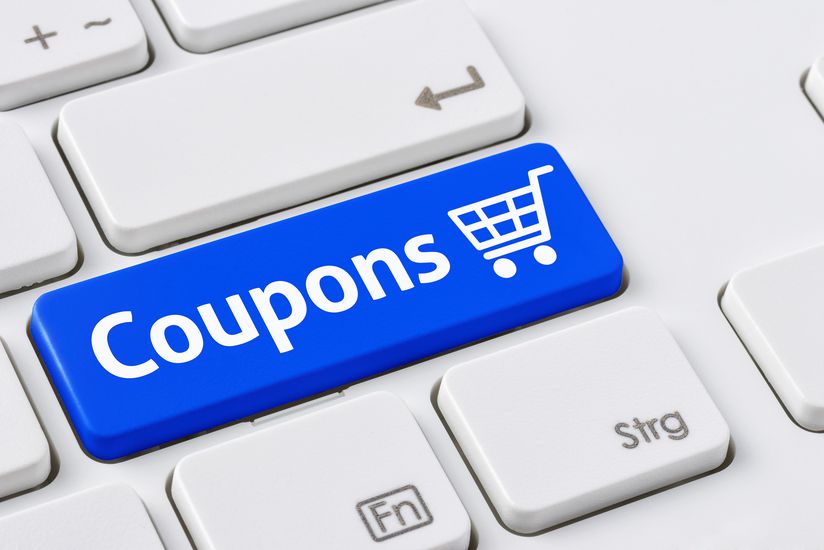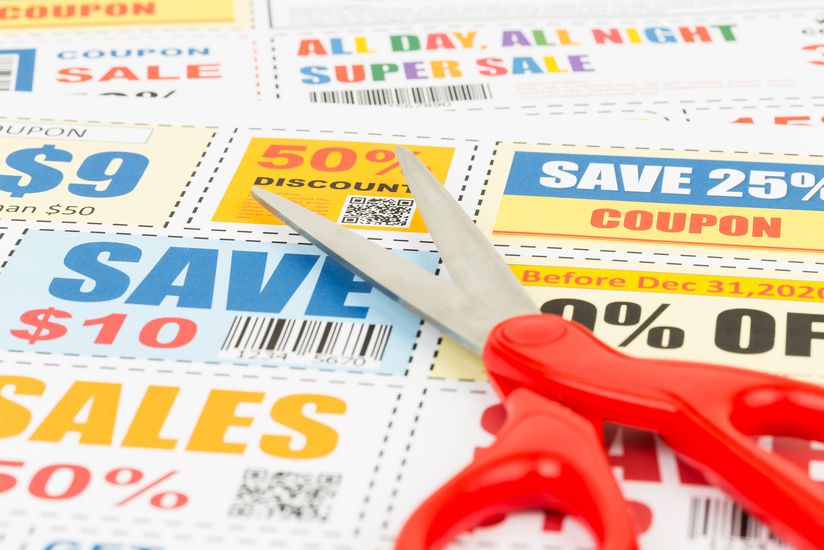ALL YOU NEED TO KNOW ABOUT COUPONS
Couponing was once a straightforward exercise that required only a pair of scissors, but it's no longer just about clipping from magazines and newspaper circulars. Mobile apps, websites, and even a TV show have made couponing a cottage industry, with experts sharing tips on how to maximize the savings. Think you know coupons? In honor of National Coupon Month in September, here are some of the most noteworthy stats and history behind this money-saving tool.
































